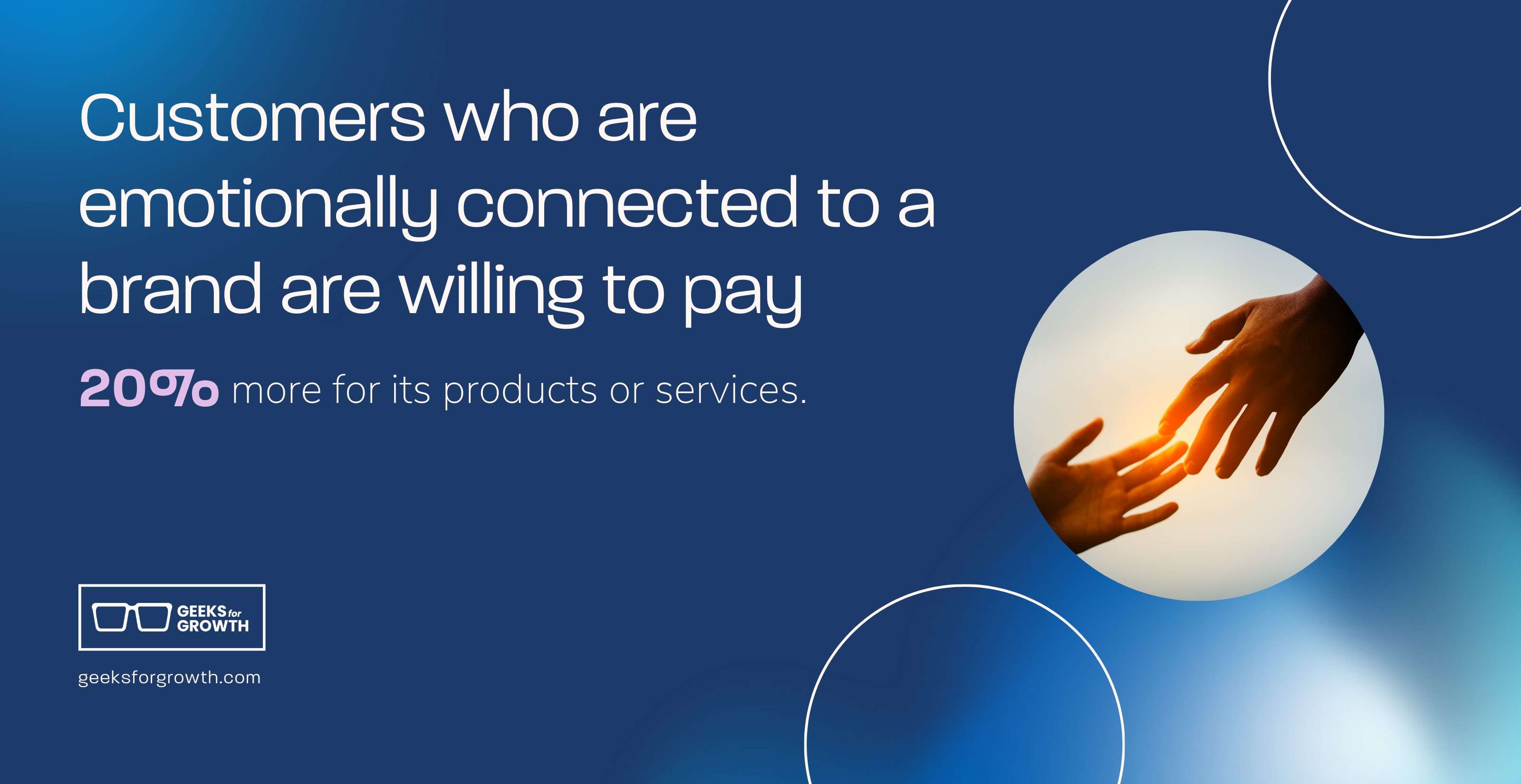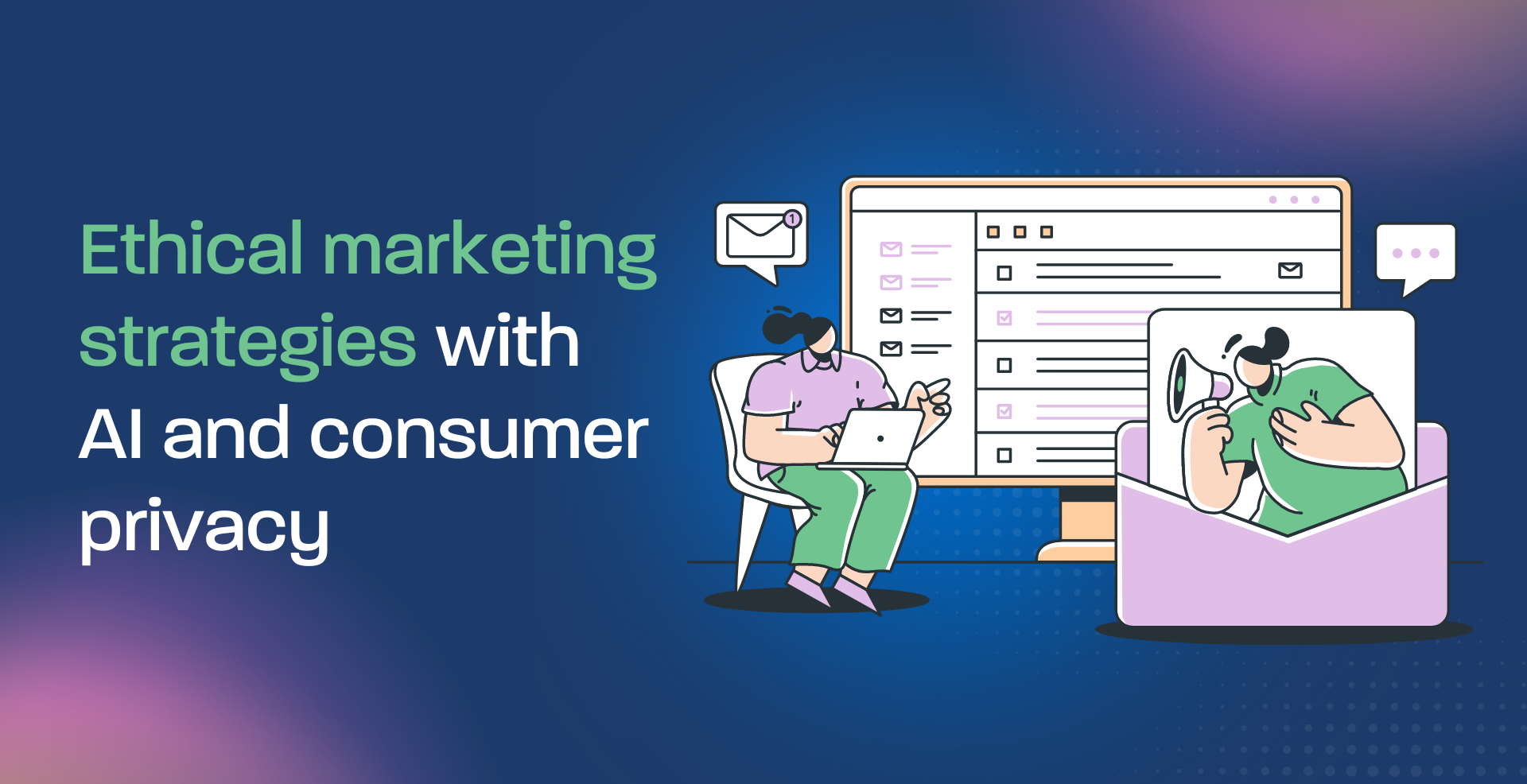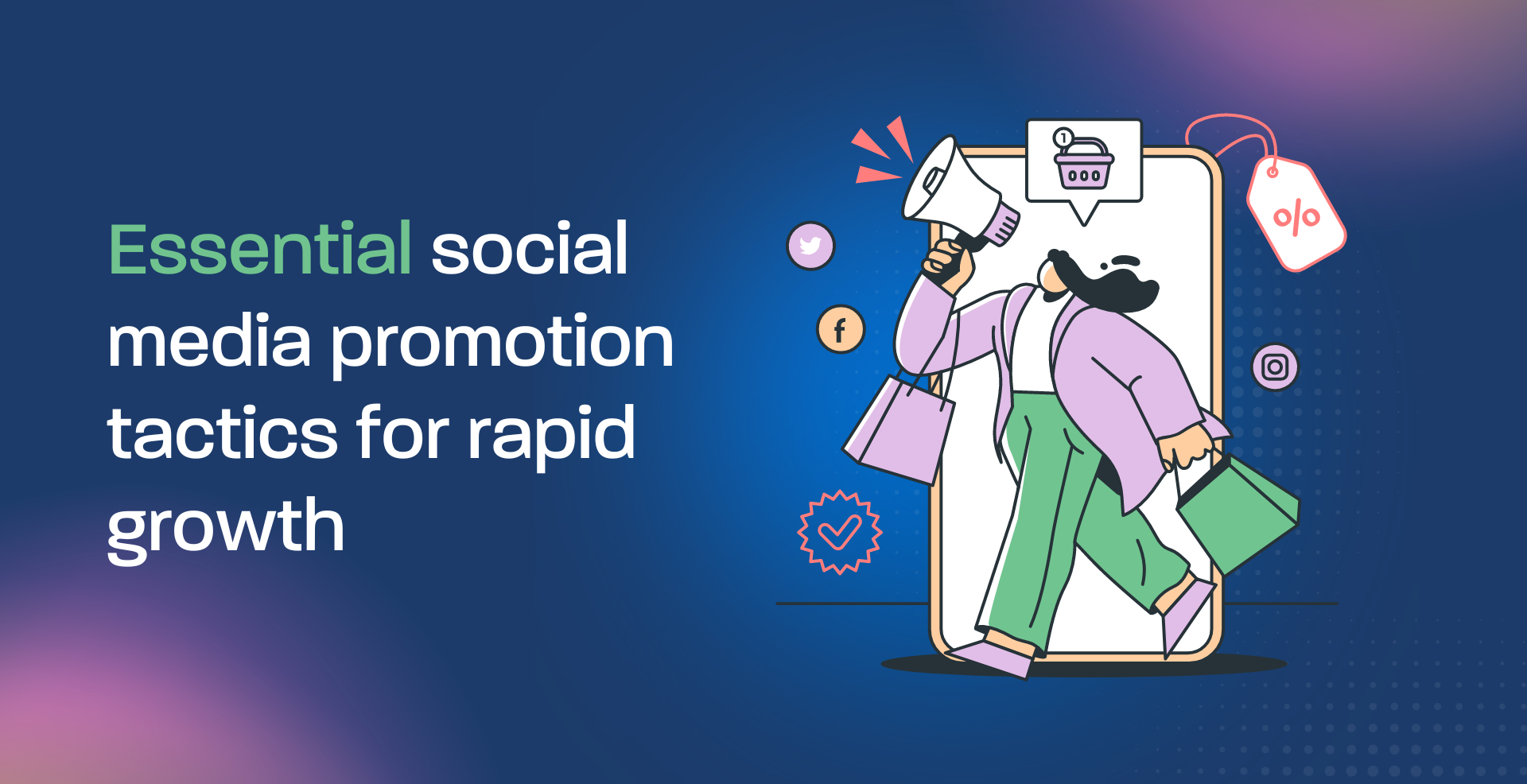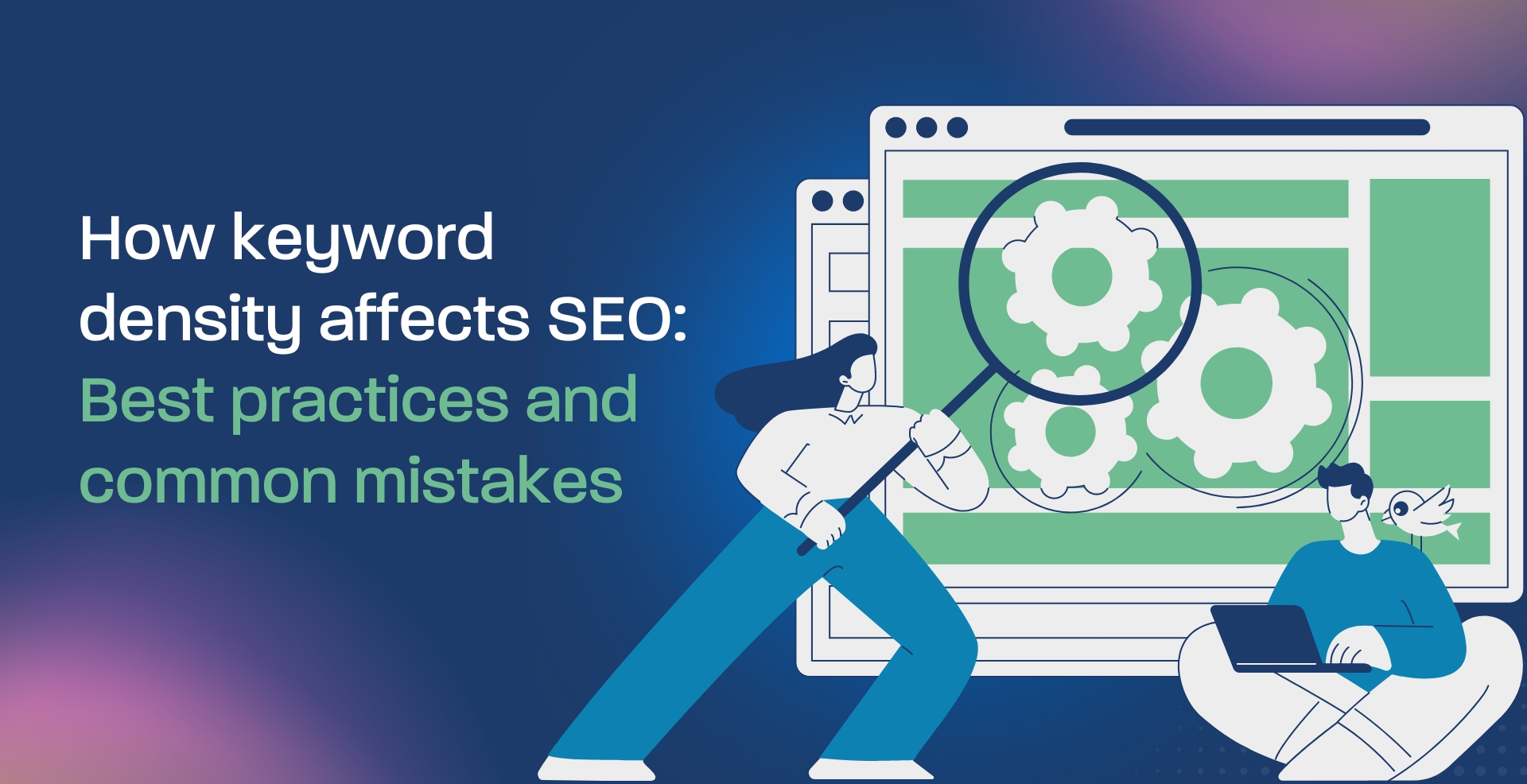In today’s oversaturated marketplace, local businesses face the constant challenge of cutting through the noise and capturing the attention of their target audience. While traditional marketing tactics still hold value, one powerful tool often overlooked is the art of emotional storytelling. By harnessing the captivating power of narratives, local businesses can resonate deeply with their communities, build lasting brand loyalty, and ultimately drive sustainable growth. As Carmine Gallo, author of Talk Like TED said, stories are 22 times more memorable than facts alone!
Why Emotional Storytelling Matters
Facts and figures are essential, but they rarely resonate deeply with consumers. Conversely, stories that evoke emotions create lasting impressions and forge genuine connections. Studies have shown that stories activate brain parts associated with memory and decision-making, making them more impactful than purely informational content.
Emotional storytelling taps into the fundamental human desire to connect and relate. By sharing stories that resonate with your audience’s hopes, fears, and aspirations, you create a sense of empathy and understanding. This fosters brand loyalty and encourages customers to see you not just as a business, but as a trusted partner who understands their needs and values.

The Psychology Behind Emotional Storytelling
- Emotional resonance: Stories that evoke emotions trigger the release of oxytocin, a hormone associated with bonding and trust. This creates a positive association with your brand, making customers more receptive to your message.
- Enhanced memory: Stories are inherently more engaging than dry facts. When emotions are involved, information becomes more memorable, improving brand recall and recognition.
- Increased empathy: By sharing stories of real people facing relatable challenges, you allow customers to see themselves in your narrative. This fosters empathy and connection, strengthening the bond between the brand and the audience.
Storytelling Elements for Local Businesses
Crafting compelling stories for your local audience requires careful consideration of several key elements:
- Relatable characters: Feature individuals from your community or highlight experiences your target audience can easily connect with.
- Compelling narratives: Create a clear storyline with a beginning, middle, and end that evokes an emotional response.
- Authentic voice: Maintain a genuine and authentic tone that reflects your brand personality and resonates with your local audience.
- Call to action: Encourage engagement by inviting your audience to participate in your story, share their experiences, or learn more about your offerings.

Examples of Storytelling Mastery
The power of emotional storytelling is not merely theoretical; it has been successfully harnessed by leading brands across industries to achieve remarkable results. Consider these compelling examples:
- Dove’s “Real Beauty” Campaign: This iconic campaign challenged traditional beauty standards by celebrating the diverse beauty of real women. By showcasing authentic stories and fostering conversations about self-acceptance, Dove connected with women on a deeper level and redefined the very concept of beauty within the industry.
- Patagonia’s “Don’t Buy This Jacket” Campaign: This unconventional campaign encouraged consumers to reconsider their consumption habits and prioritize experiences over material possessions. By aligning with its core values of environmental sustainability and responsible consumption, Patagonia not only sparked meaningful conversations but also solidified its position as a brand that prioritizes values over profit.
- Airbnb’s “Belong Anywhere” Campaign: This heartwarming campaign showcased the transformative power of human connection through the lens of Airbnb experiences. By featuring stories of individuals from diverse backgrounds connecting through travel and accommodation, Airbnb not only resonated with a global audience but also emphasized its core mission of fostering a sense of belonging and community.
Local Business Storytelling Examples
The Neighborhood Bakery: Share the story of a local family recipe passed down through generations, highlighting the tradition and passion behind your baked goods.
- The Community Bookstore: Feature a customer who discovered a life-changing book at your store, showcasing the impact you have on literacy and personal growth.
- The Sustainable Clothing Boutique: Tell the story of your commitment to ethical sourcing and eco-friendly practices, connecting with customers who share your values.
Case Studies in Local Storytelling Success
- Small-town coffee shop: Brew House, a local coffee shop in Seattle launched a campaign featuring stories of customers using their space as a creative hub. The campaign resonated deeply with the community, fostering a sense of belonging and boosting customer loyalty.
- Independent bookstore: Chapter & Verse, an independent bookstore in Chicago partnered with local authors to host storytelling events. These events not only promoted book sales but also created a vibrant community space and strengthened the bookstore’s connection with local writers and readers.
Practical Steps to Tell Your Brand’s Story
While these examples showcase the success of large brands, the power of emotional storytelling is equally applicable to local businesses seeking to connect with their communities. Here are some practical steps to get you started:
- Identify Your Brand Story: Begin by defining your core values, mission, and the positive impact you aim to create within your local community. What makes your business unique? What stories embody your brand essence?
- Seek Inspiration in the Everyday: Look for everyday stories within your business that resonate with your brand values. This could include heartwarming customer interactions, employee experiences that showcase your company culture, or community involvement initiatives that demonstrate your commitment to social responsibility.
- Choose the Right Medium: Select the storytelling format that best suits your audience and brand, whether it’s compelling video testimonials, heartfelt blog posts, engaging social media content, or interactive in-store events.
- Embrace Authenticity and Consistency: Ensure your stories are genuine reflections of your brand and resonate with your local audience. Maintain consistency in your storytelling approach to build trust and recognition over time.

To create a deeper connection with your audience, here are some archetypes excepts from Pip Deck’s Storytelling Tactics:
The Way Ahead
Form a strong bond with your customer or user. What do they want to become? How can you help?
Use archetypes to map out the emotional journey you want your user or customer to take. Offer a pathway based on their instincts and feelings. Make a connection that goes deeper than rational analysis. Grab them by the heart, and the head will follow.
Raise The Stakes
Make us root for the ‘good guys’ in your story. Give them a great ‘bad guy’ to contend with.
Put an archetypal hero into conflict with a dark-side villain to create tension in your story.
Heroes: are selfless, creative, and nurturing. They act for the group and the long-term good.
Villains/dark side: are selfish, destructive, and cruel. They act for themselves and for short-term gain.
Build Your Brand
Tell consistent stories that build trust with colleagues and customers.
Everything you do, from the way you run meetings
to the color of your logo, tells a story about you.
Use archetypes to define your workplace culture. Establish your public-facing brand on the same solid foundations. Tell stories inside and outside your workplace that show your corporate character in action.
The Jester
Let the games begin. Roll the dice and take a chance. There’s always a funny side to life.
You happily play for fun, rather than playing to win. Boredom is your Kryptonite. You love being in the spotlight. Make ‘em laugh, but remember there’s many a true word spoken in jest.
The Rebel
Demand More. The status quo is not good enough. Some rules are meant to be broken.
You are an agent of chaos, raging against the machine. You defy the old order, to usher in the new. You are impatient, an early adopter, a fire starter, an icon breaker. You bring giants to their knees.
Characters: Rosa Parks, Han Solo, Fantastic Mr Fox.
Brands: Virgin, Harley Davidson, Extinction Rebellion, Black Lives Matter.
Hero & Guide
Stop talking about yourself. Make your user the Hero of your story. You play a supporting role: the Expert Guide.
For every Luke, there’s a Yoda. And as the little green fella might say “Hero of every story, not you are.”Tell us what your Hero is trying to achieve. Then show us how you guide them on their journey and what special gift you offer them along the way.
Good & Evil
Tap into strong feelings of right and wrong in your audience. Bring a moral conflict into your story.
In a simple story, you set up a battle between Right vs Wrong (with you on the side of the angels). But you can also show tough choices: when two Rights collide or we must choose the lesser of two Evils. We love this kind of complex storytelling, which is why Breaking Bad won so many awards!
You can use some of these archetypes to develop stories for visual presentations or video content to connect with your audience.
In a world saturated with marketing messages, emotional storytelling offers a powerful way for local businesses to stand out and connect with their audience on a deeper level. By tapping into the human desire for connection and meaning, you can build lasting relationships, foster brand loyalty, and achieve sustainable growth within your local community. According to the Temkin Group, customers who are emotionally connected to a brand are willing to pay 20% more for its products or services. So, remember, people connect with stories, not just products or services. So, start weaving your narrative, embrace the power of emotions, and watch your local audience connect with your brand in a whole new way.



